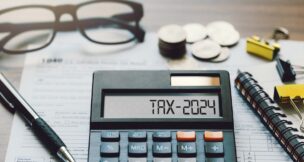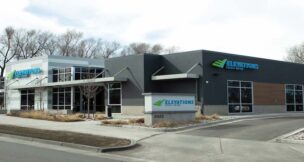Should you consider a sale leaseback?


Should you consider a sale leaseback?
Savvy executives leave no avenue unexplored in seeking maximum real estate performance at minimum cost. Many are taking a fresh look at a strategy that has been around for some time: selling some or all of their owned properties and leasing all or part of the space back. There are many reasons most organizations that own real estate should at least consider that option.
Here is a look at some of the benefits and downsides of sale leasebacks, and factors you should consider in order to structure one for optimum results.
Raising capital for your organization: If a corporation or public entity needs an infusion of cash, a sale leaseback is one way to raise money yet still retain the property for operational needs. Whether the funds are used to pay down debt or reinvest into the business, the outcome may be more favorable than that from waiting for your asset value to appreciate, and the unlocked capital is liquid.
A more attractive sale offering than a vacant building: If you are considering selling a property in the near future, it is more attractive to a buyer if it comes with a guaranteed major tenant than if it is empty. On average, final prices are higher for sale leasebacks than for traditional vacant sales.
Unlocking “hidden” equity on your organization’s balance sheet: Your property might have value that’s not reflected on your balance sheet if the property is on the books for less than its potential market value. A sale leaseback unlocks full asset value for that piece of real estate, boosting the company’s assets and equity, and favorably impacting financial ratios.
Alleviating the risks associated with owning property: From market value risk, to being stuck with an asset that no longer effectively supports your organizational goals, there are all sorts of residual risks to owning property. Such exposures of ownership are shed by becoming a lessee.
The facility is absolutely critical to your operation, and difficult to replace: If an asset is vital to your organization’s success, you may not want to risk it slipping away through non-renewal of a lease after ownership has passed from your hands. While office buildings are normally replaceable, a core manufacturing or mission critical facility designed for your unique needs might not be.
The property has a physical or geographic challenge to receiving an optimum price: For various reasons, some properties may not be able to recoup their full value even in a sale leaseback. One example is a data center.
Although you may have made a significant infrastructure investment, technological needs change so quickly that anything more than a few years old will be considered outmoded, and is often seriously devalued. A less-than-desirable market location can also depress an asset’s selling price versus value. If you have invested considerable money in a facility outside a major market, it might be harder to find buyers willing to pay the price to meet your financial goals for the property.
Current market conditions aren’t favorable: Like any other real estate transaction, the success of a sale leaseback depends on the status of many variables at any given time. Is there a glut of comparable properties on the market, or a shortage of motivated buyers? Is availability of debt for the location or product type negatively affecting what buyers are willing to offer for your property? Is there a down cycle in the leasing market that currently makes a sale leaseback less attractive to investors? Although none of these factors should rule out ever doing a sale leaseback on your property, you might want to wait until conditions are better.
Every sale leaseback is different; there are no set rules. You should carefully evaluate your organization’s financial and operational goals, and negotiate a deal that best aligns with them. Here are some things to keep in mind:
Financial return or flexibility: You are unlikely to receive both top price and maximum flexibility as a lessee in a sale leaseback, because one directly affects the other. The more space you are willing to lease back and the longer the lease term, the more a buyer is motivated to increase their offering price. Depending on the asset and the location, we’ve found that a seller generally needs to lease back a property for at least 5-10 years to obtain favorable pricing. And of course, bargaining clout increases if you’re willing to lease back the entire space, relieving the new owner of having to seek additional tenants.
Before going to market with a sale leaseback offer, consult with the stakeholders in your organization to determine not just optimal, but “worst-case” acceptable metrics for financial return and lease conditions, rather than trying to decide this in the heat of a negotiation. There are many ways to structure a lease, and you should choose the one that best suits your organization’s goals.
The greater your responsibility under the lease, the higher the sale price you will likely receive. Again, you need to weigh financial gain against the amount of risk your organization is willing to take.
The financial return from a sale leaseback may be offset by the harm it does to occupier productivity if the impact on the business is not carefully evaluated. Sit down with appropriate business unit leaders to determine exactly what must remain in place for the arrangement to be non-disruptive to their operations, and insist on those conditions in your negotiations.
In general, the market for sale leasebacks is the best it has been in many years. Capitalization rates are low, interest rates are very low, lenders are increasing available funds and commercial property transactions volume is high in most major markets.
(This sponsored content was provided by JLL.)













